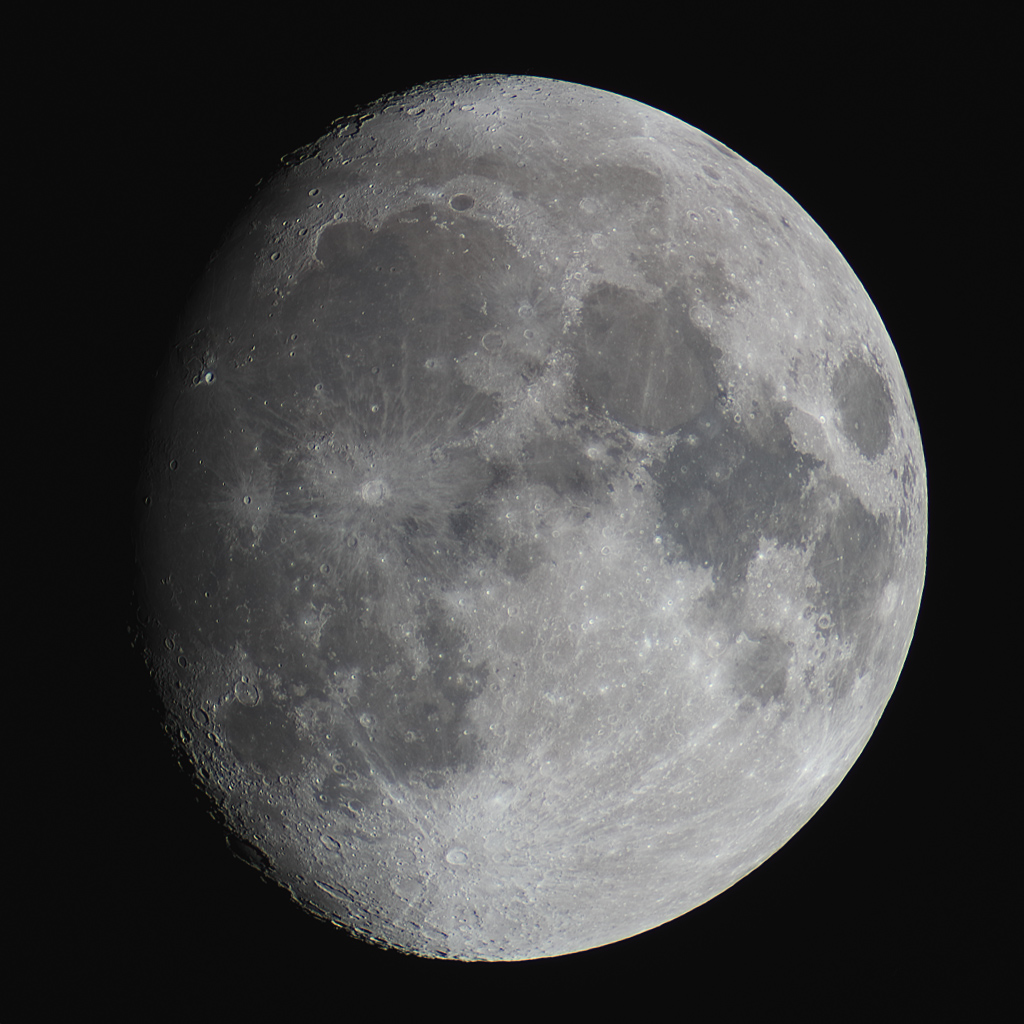
Telescope: Unitron 510 5” f/16
Camera: Canon EOS Ra
Filter: 2” GSO IR Cut Filter
Exposure: 64×1/500sec, ISO 1600, saved as RAW
Seeing: Fair, 3/5
White Balance: Nebulosity Automatic
Software: Backyard EOS, Autostakkert, Registax, Nebulosity, Photoshop
This is quick image of the waxing gibbous moon taken last night during dusk. This is one of a series of test images that I and taking to explore the imaging characteristics of the Unitron 510. One nice feature of these long focal length refractors is that they give an excellent well corrected field with little chromatic aberation. (Photo credit: John Graham, 7/29/2023)
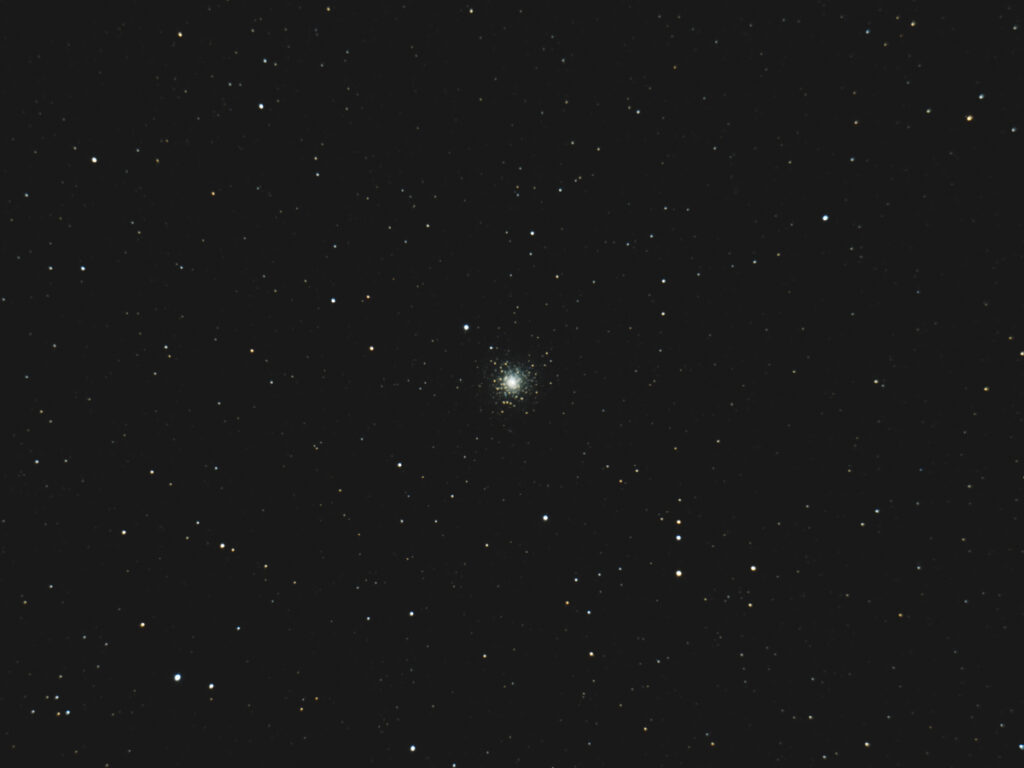
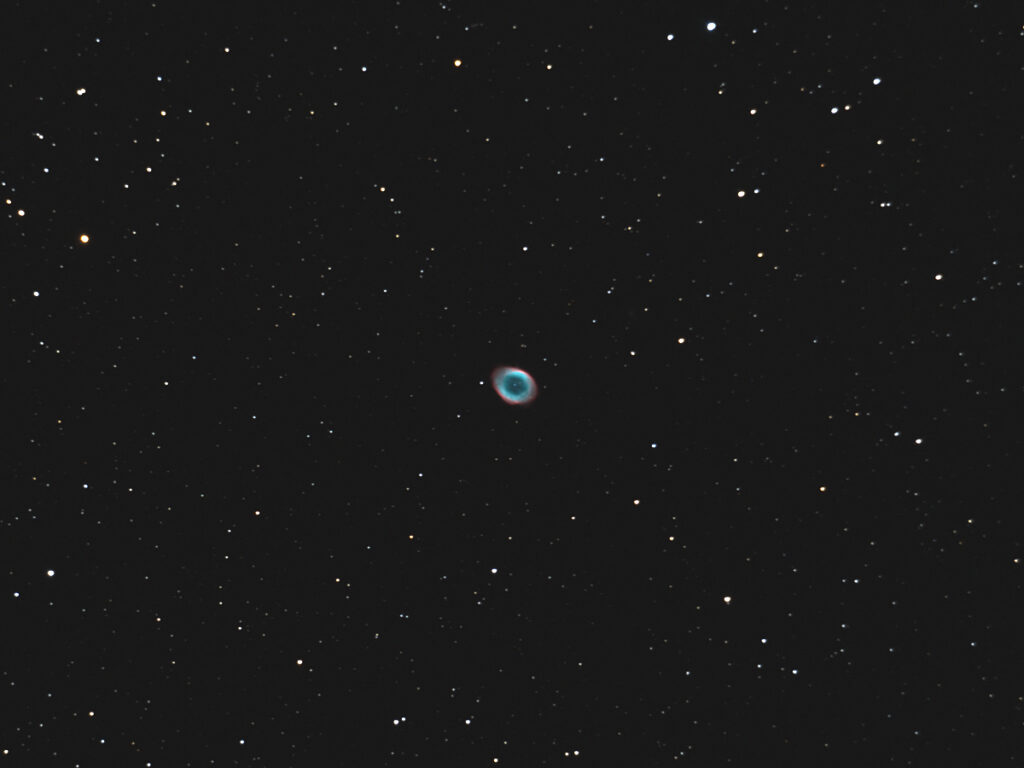
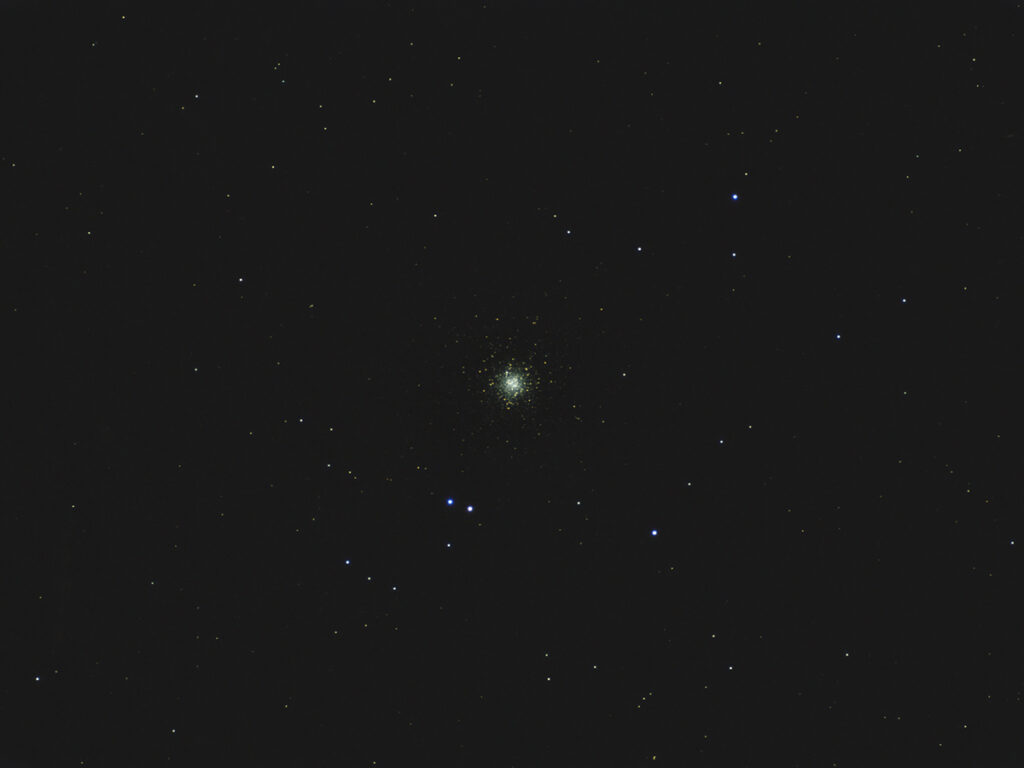
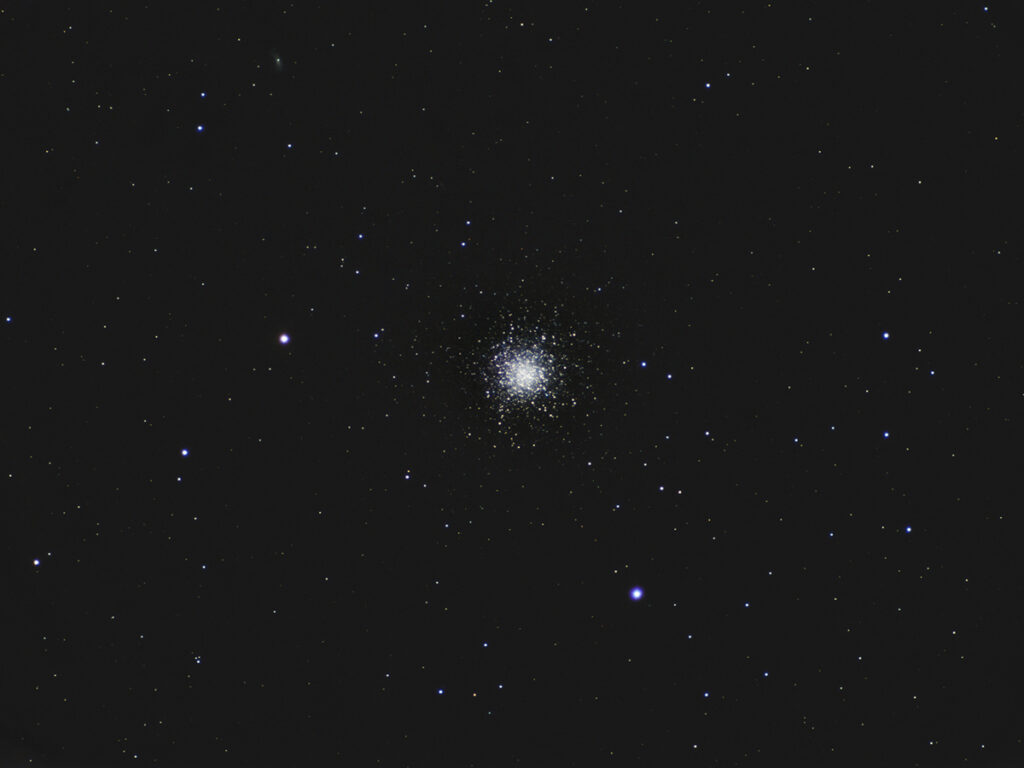
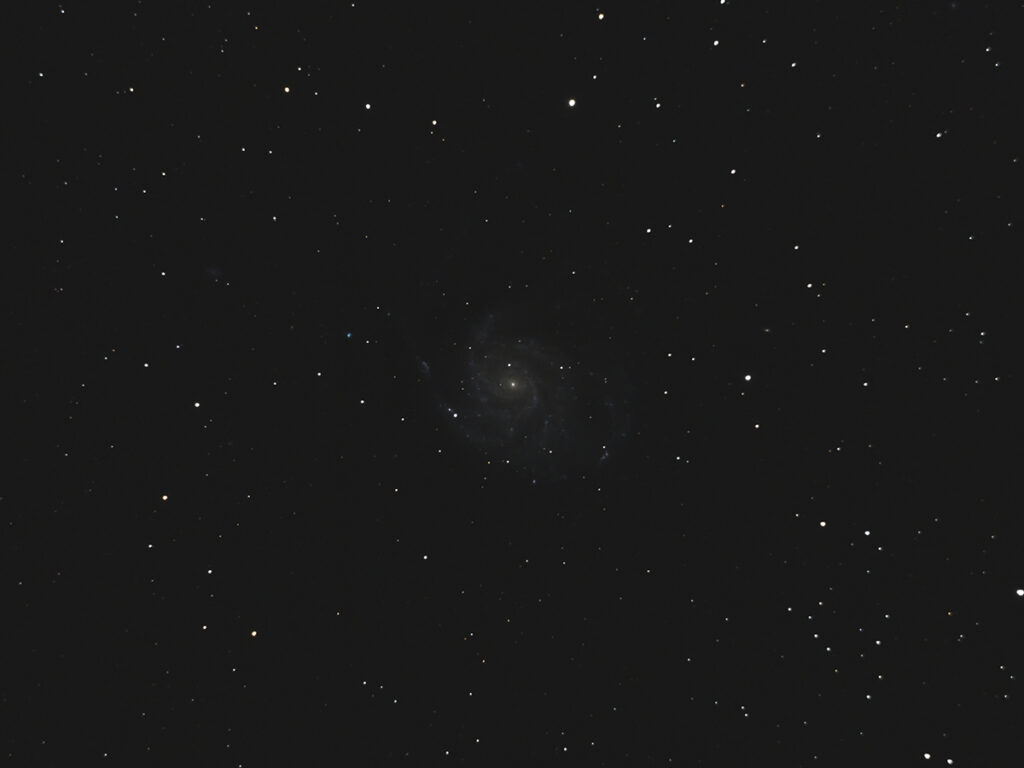
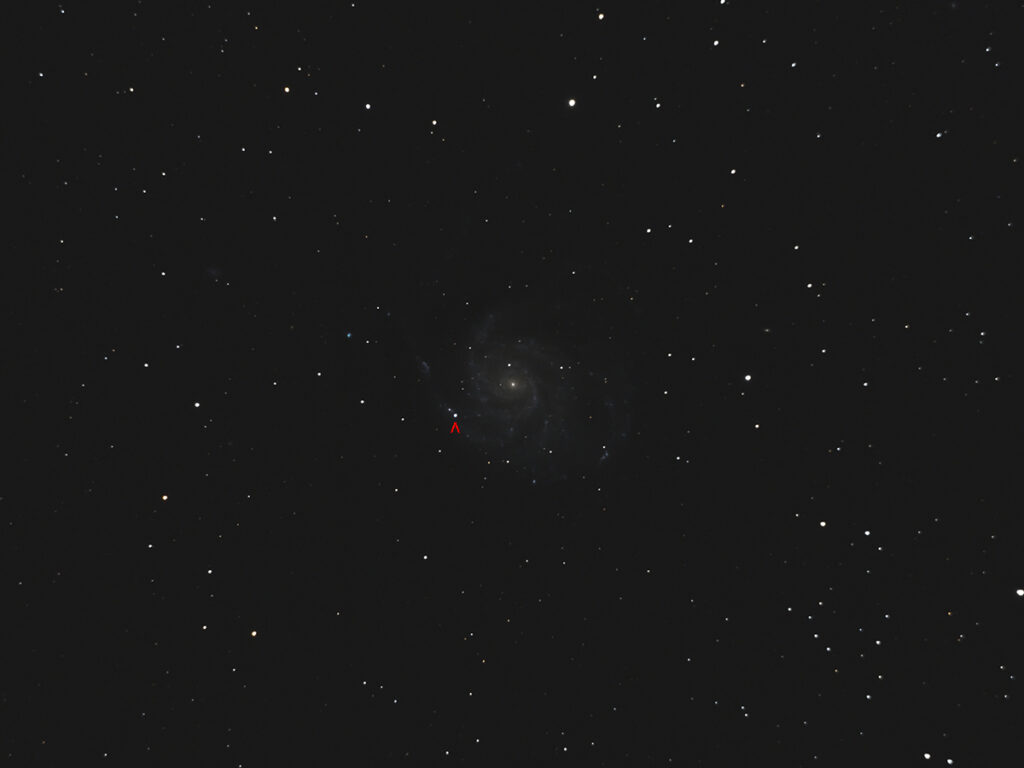
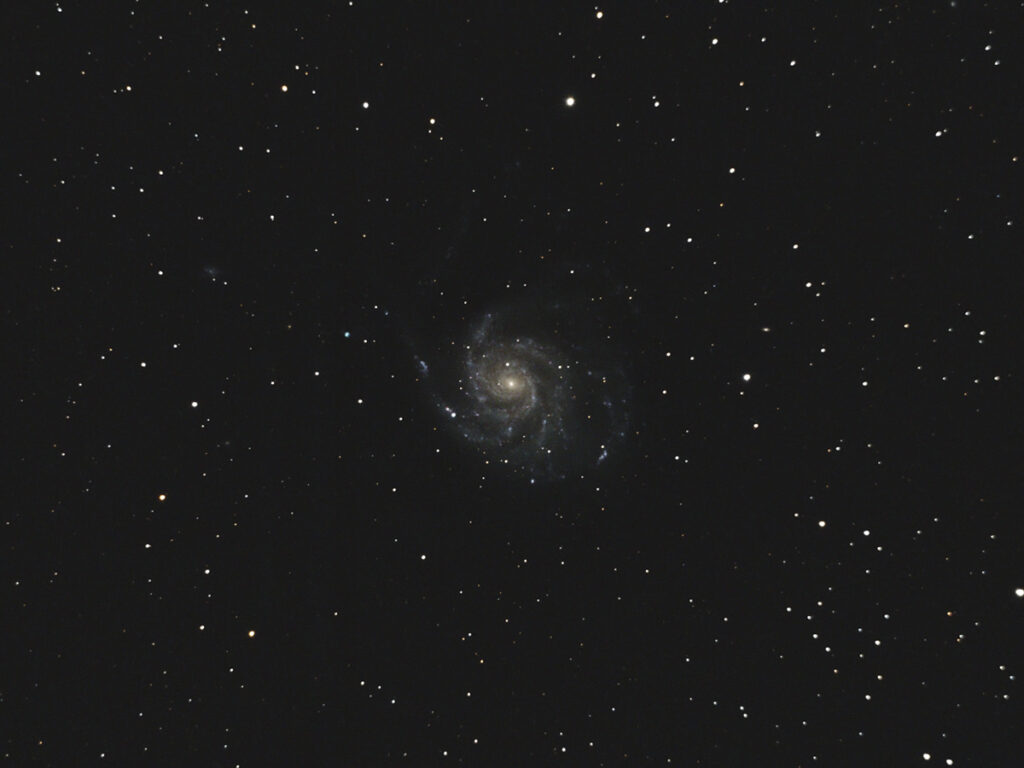
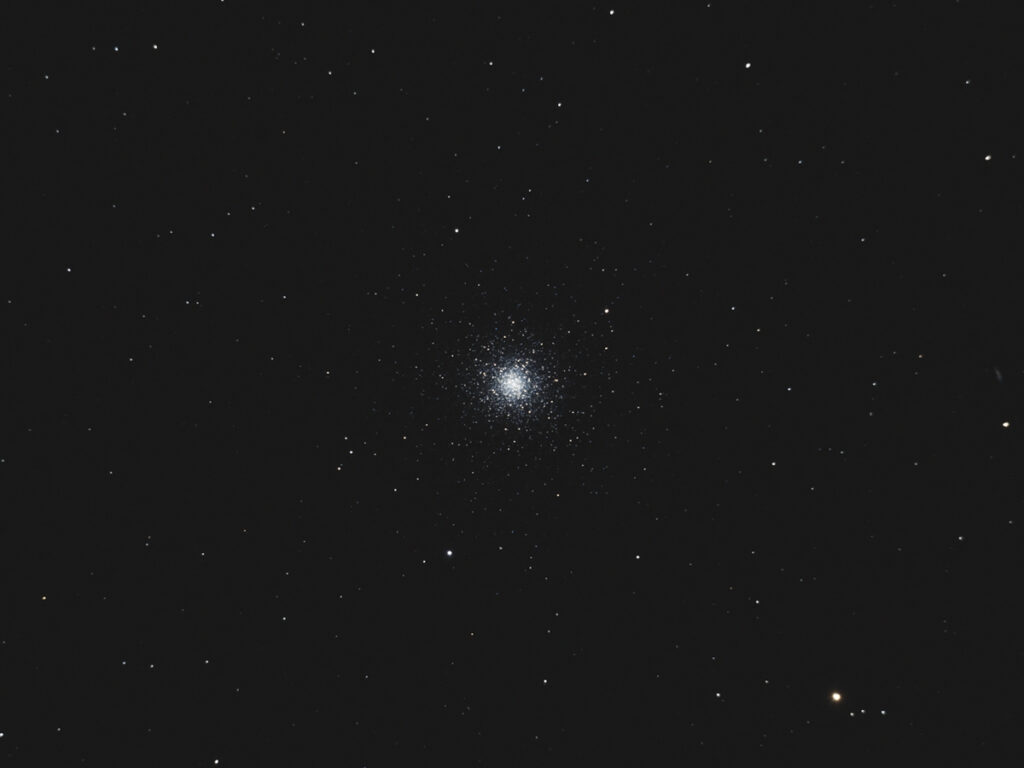
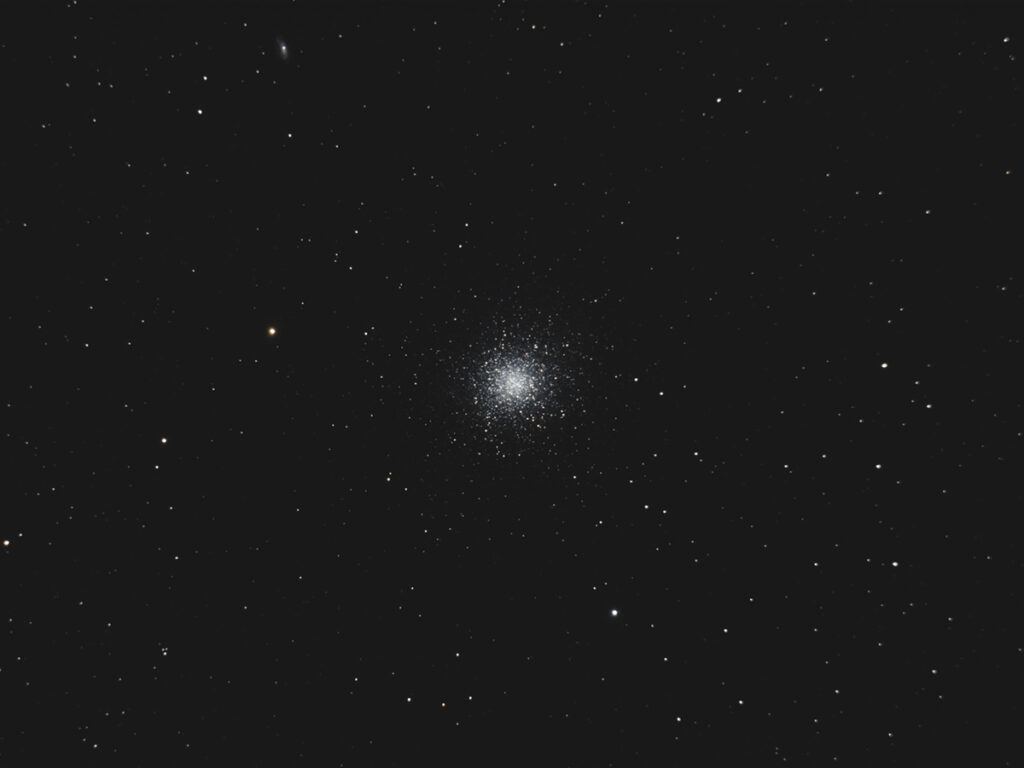
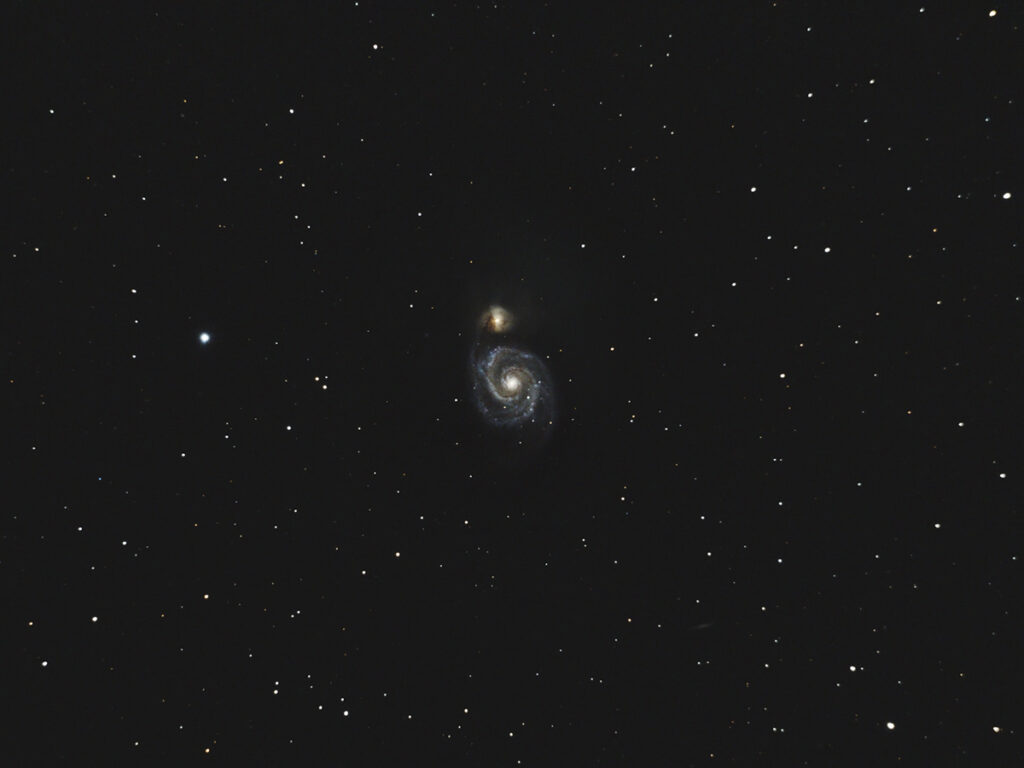
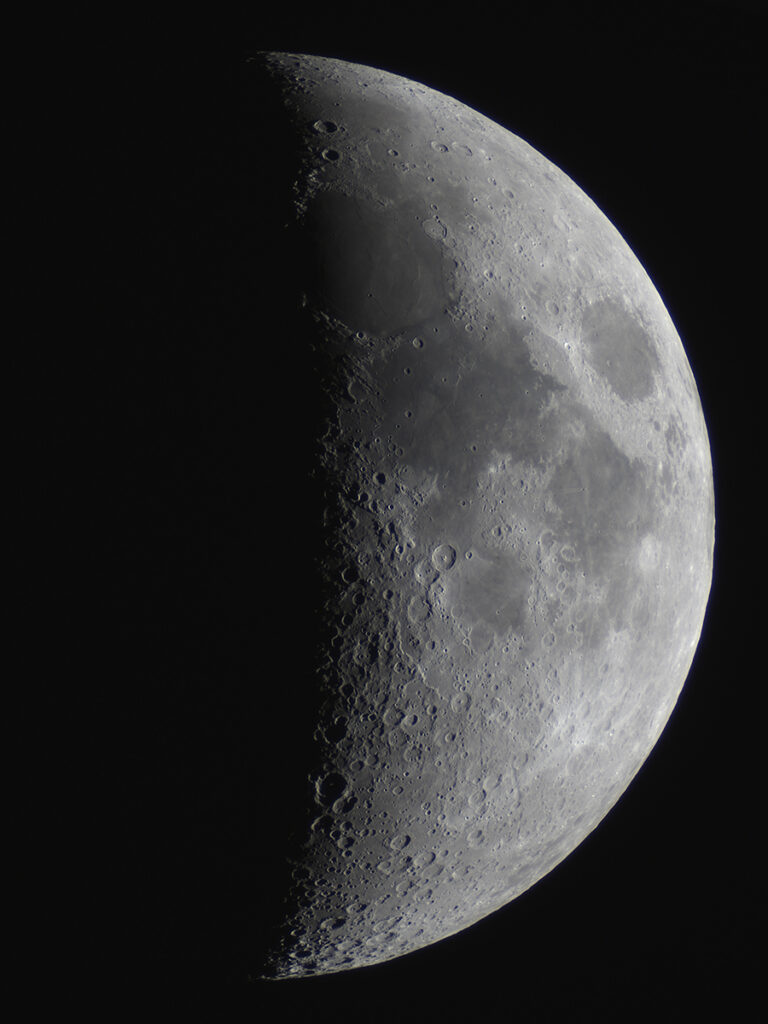
Recent Comments